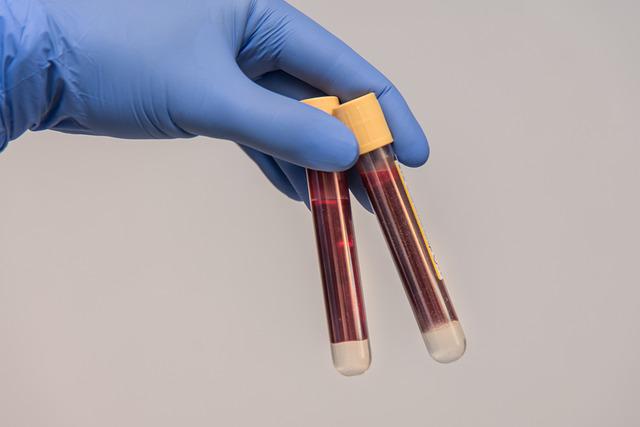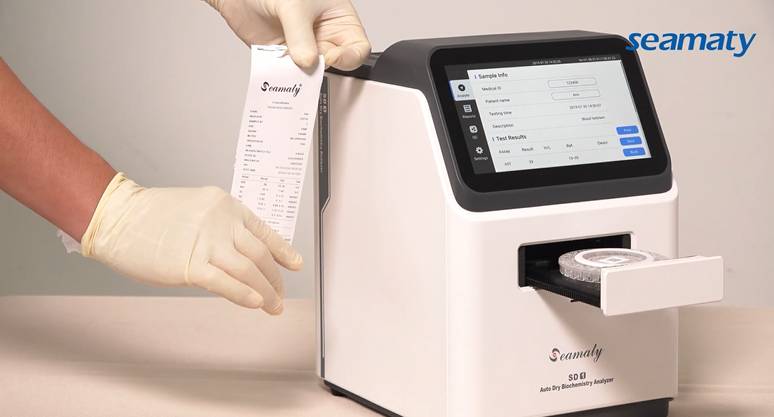release time:2022-09-22 11:41:04
Many hospitals and clinics currently use 3-part and 5-part Differential Hematology Analyzers more often. The following is an introduction to the 3-part Differential Hematology Analyzers.

The 3-part Differential Hematology Analyzers use the instantaneous change in electrical resistance of blood cells passing through the micropores to generate a pulse current for counting. Dilute specimens of white and red blood cells are passed through their respective counting microwells and into their respective channels under the control of a negative pressure. The cell signals are then screened, amplified and counted by two photoelectric sensors.
a. Microtubes: A standard size ruby hole is set at its lower end. rbc tube hole; 80 microns; wbc tube hole diameter: 100 microns. Easy to clog, prevent plugging and maintenance.
b. Micron Counting: impurities other than cells will be mistaken for cell counting. Ensure the quality of the diluent and the cleanliness of the environment.
c. Cells can overlap each other through the micropores and produce bias: blood samples should be adequately diluted (WBC1:256, RBC1:5056) and designed with techniques to correct for bias.
The histogram is obtained by measuring the accumulation of each cell pulse through the sensing area. 3-part Differential Hematology Analyzers' histogram is the information reflecting cell size heterogeneity.
Mature leukocytes include neutrophils, lymphocytes and eosinophils, basophils, and monocytes. Among them, neutrophils are the most abundant. This is followed by lymphocytes. The other three cell types do not add up to more than 10%.

2023-09-22
Discover Seamaty's 2023 best-selling POCT medical devices revolutionizing healthcare. Swift diagnostics, lab-quality results at the point of care. Explore now!

2022-03-11
There is a big difference between blood biochemistry and routine blood test. Blood biochemistry mainly checks kidney function, liver function, cardiac enzyme profile, electrolytes, etc. They react to diseases such as liver.

2021-10-15
Medical equipment is now necessary for every medium and large hospital. Since medical equipment contains many kinds, people have classified it. There are 3 main categories of medical equipment. Diagnostic equipment category, treatment equipment category and auxiliary equipment category.